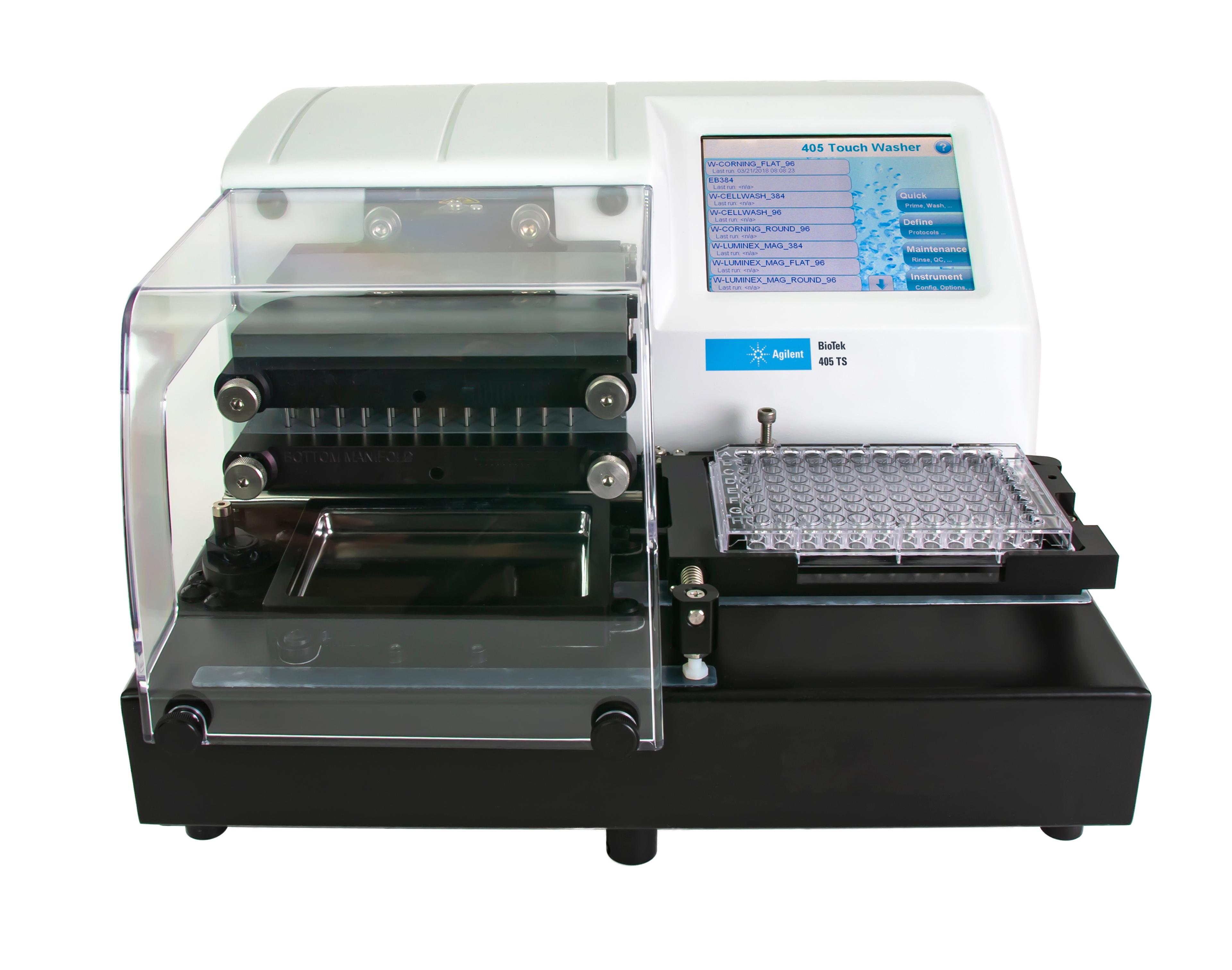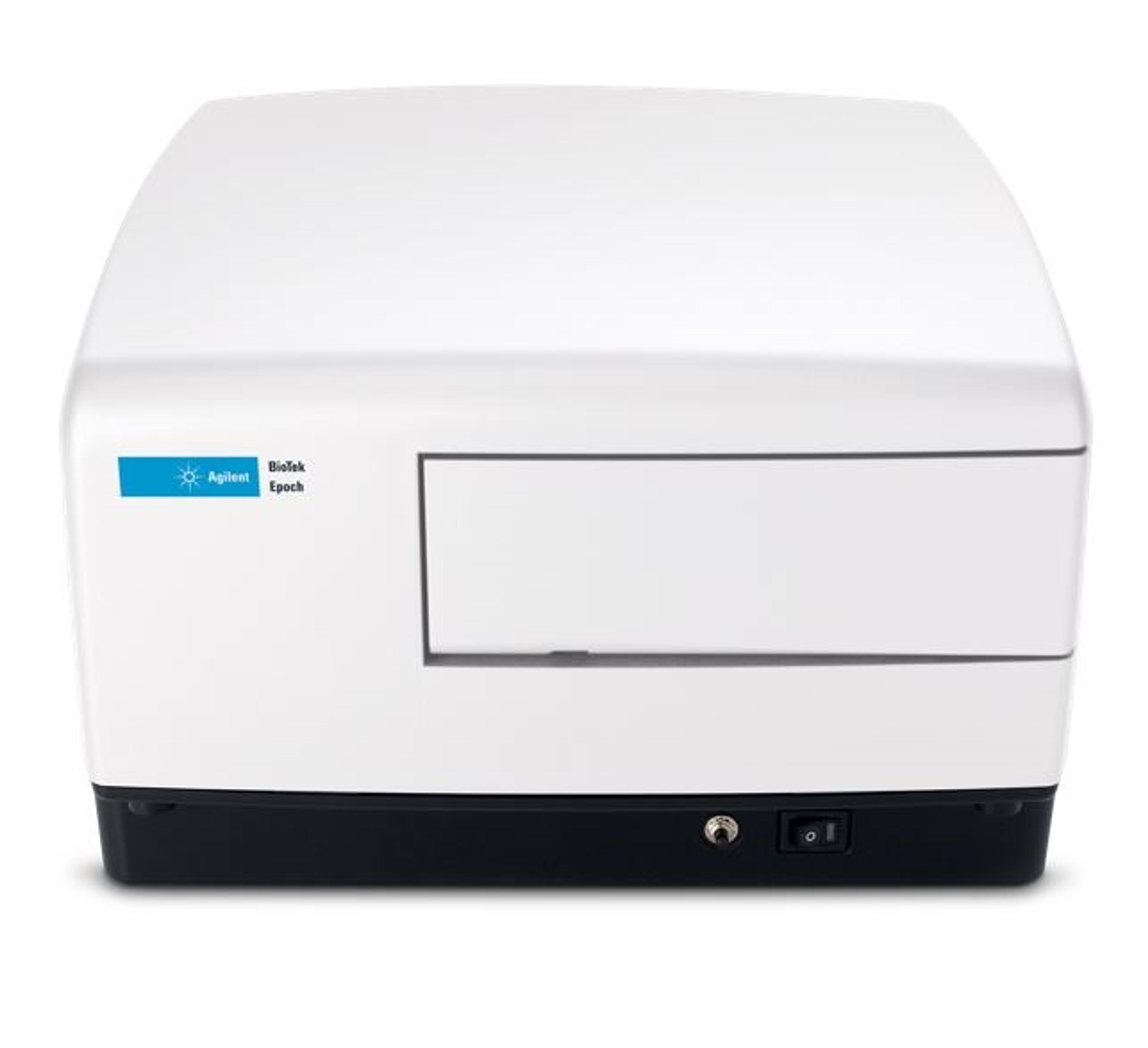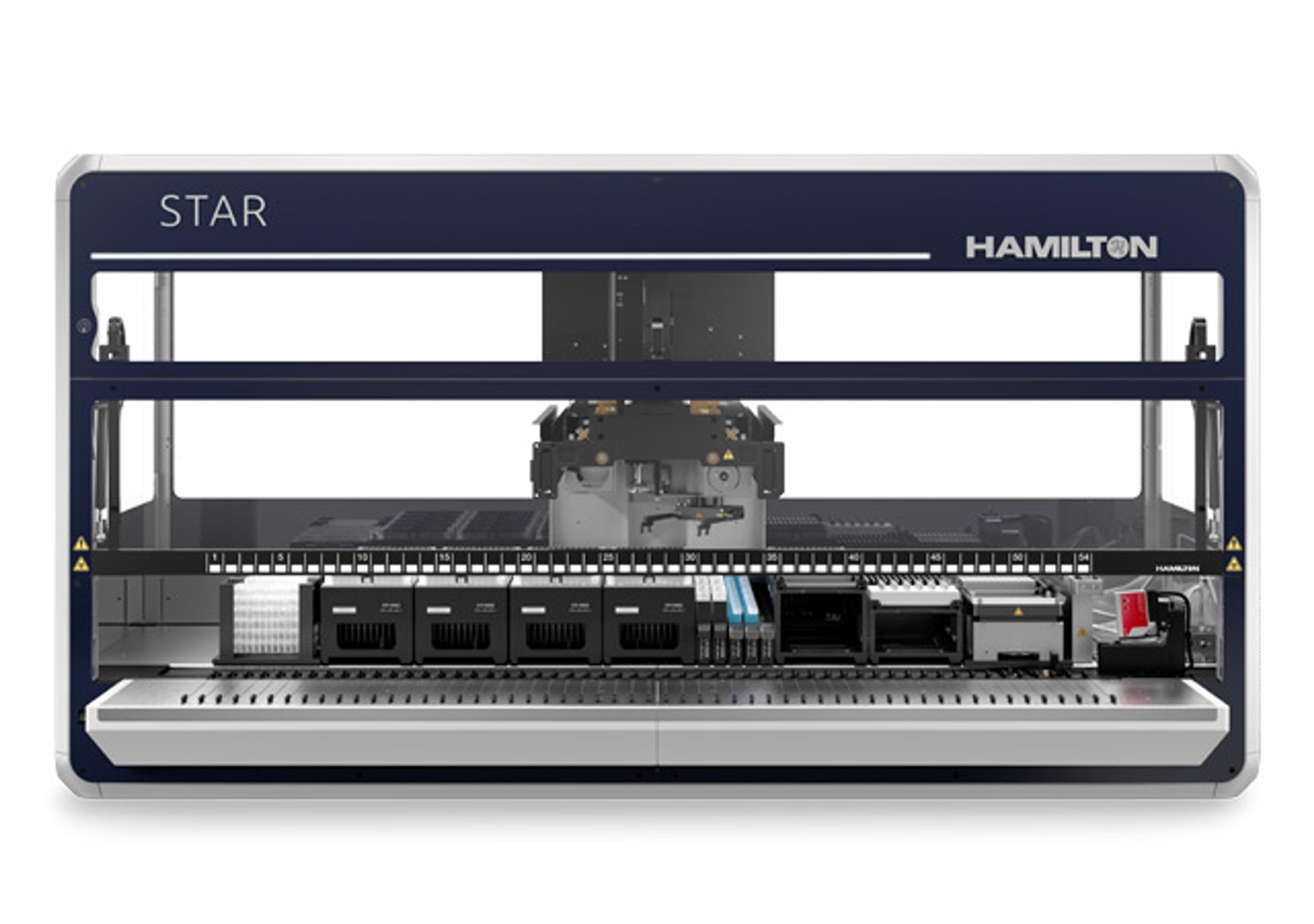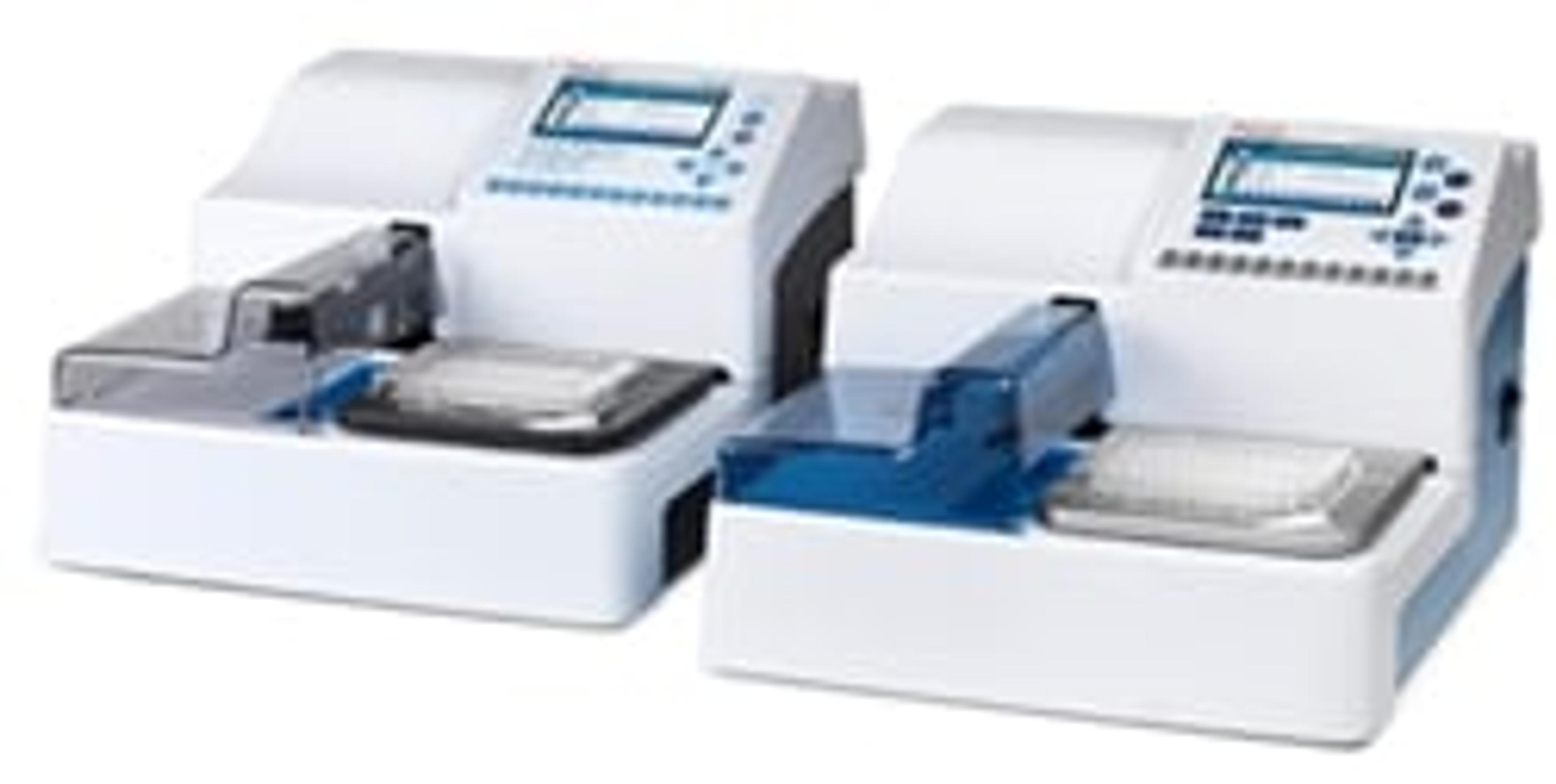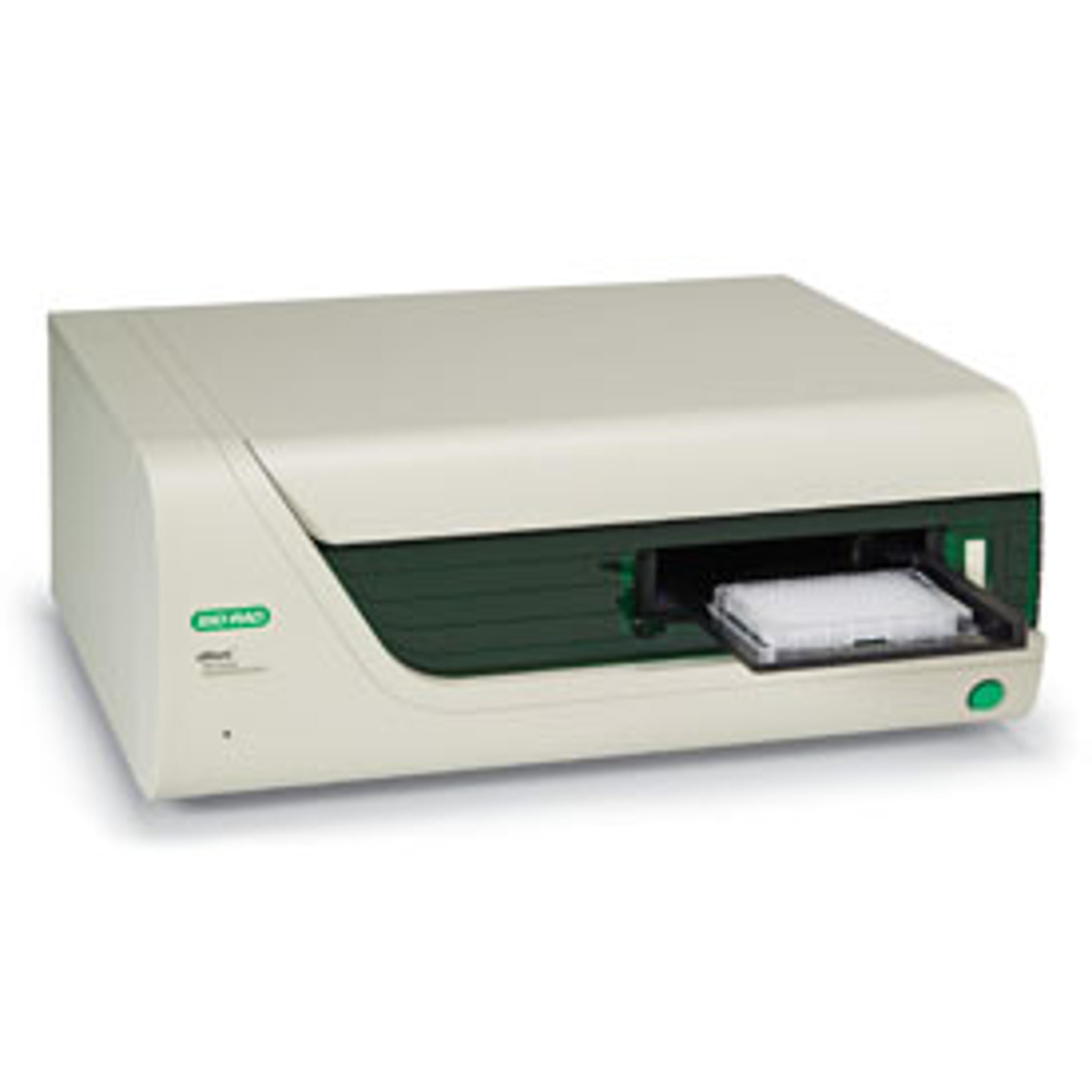5 Top Tips for the Perfect High-Throughput Screening Lab
29 Oct 2014
Written by Alejandro Uribe-Benninghoff
In the past 15 years, changes in the cost and reliability of technology have caused an explosion of tools and applications that increased the capability and capacity of any researcher, lab or company to speed up discovery. Automation and high throughput screening (HTS) are two examples of these advances that have become a normal presence in the majority of the world’s labs today. Combine these capabilities with the power of flow cytometry and your options are limitless.
For the purposes of this article, let’s use the example of ‘Antibody Discovery Screening’, with some basic assumptions: the antigen design and its purity are variables that are already taken care of; you have the capability to produce monoclonal antibodies (via hybridomas or phage/yeast libraries) and you are looking for the most effective way to screen them for flow cytometric applications.
1. ELISA: This is the most cost-effective and efficient way to screen a large number of antibodies, no matter what the source. The reason behind this strategy is straight forward: it is easier to screen thousands of potential mAbs in a day via this technique versus any other and the cost is extremely low. Data interpretation is very quick, as qualitative and quantitative strategies allow ruling out negative clones, those that cross-react or those that are just too weak. A number of you might be asking: “Why not start screening directly on a flow cytometer?” There are a few reasons: speed, labor intensity, non-specific binding and cross-reactivity. These problems work against the objective of obtaining the highest specific antibodies possible.
2. Liquid handling: This will reduce the number of operator variables that can affect the outcome of your screen, and thus increase reliability in the process. If the screening solution was prepared correctly, you can be assured that every plate coated by the machine during that time will behave essentially the same way. There are a number of entry level options that allow liquid handling of 96- and 384-well plates: Beckman Coulter offers the Biomek® FXP, Hamilton Robotics has the MICROLAB® Star line and Perkin Elmer’s JANUS® Automated Workstation. Any of these automated liquid handling stations will allow you to coat, block and process every plate the same way. Their costs are directly proportional to the capabilities that you request, but if you stick to the basics, prices should not get out of hand.
3. Purchase a plate washer that has the capability to process either 96- and/or 384-well plates: You might ask “Why not include it with the liquid handling platform?”A specialized plate washer will provide benefits of running multiple different wash protocols, e.g. ELISA vs. cells, that an automated platform can’t do. Combine it with a plate stacker and you have a fully automated process with walk away capabilities, thus maximizing your lab’s time. Great examples of these are BioTek’s 405 Touch Microplate Washer and the Biostack, Molecular Devices’ AquaMax and StackMax or Thermo Scientific’s Wellwash™ Versa and RapidStak™.
4. The microplate spectrophotometer: There are a good number of inexpensive and reliable options in the market today like Bio-Rad’s xMark™, BioTek’s Epoch and Molecular Devices’ SpectraMax 384 microplate readers, all with similar capabilities and differing only in their software.
5. Last, but not least, the flow cytometer: As a point of reference, the majority of cell surface markers discovered in the past 20 years were found using dual laser cytometers such as the BD FACSCalibur. Dual laser cytometers are still available today, with the difference that they are much more affordable, user friendly, have smaller and energy efficient lasers, amazing fluidics and they are capable of screening in a96-well plate format. BD Bioscience’s Accuri C6 (equipped with a blue and a red laser) presents a compact footprint and an intuitive software interface with a variety of software templates. Add the BD CSampler™ accessory and you will be able to run 48- and 96-well plates, deep-well plates, as well as a 24-tube rack for standard 12 x 75-mm tubes. Another example of an effective and inexpensive flow cytotmeter is EMD Millipore’s Guava easyCyte™ 8HT , also equipped with a blue and red laser, and automated sample loading from single tubes to a 96-well plate.
Combine these five components with a set of trusty pipettes, a general purpose centrifuge, a bucket of ice, supernatant from hybridomas or a phage/yeast library and you will have your perfect high-throughput screening lab and taken the first step into the path of discovering the next highly specific monoclonal antibody.

